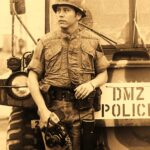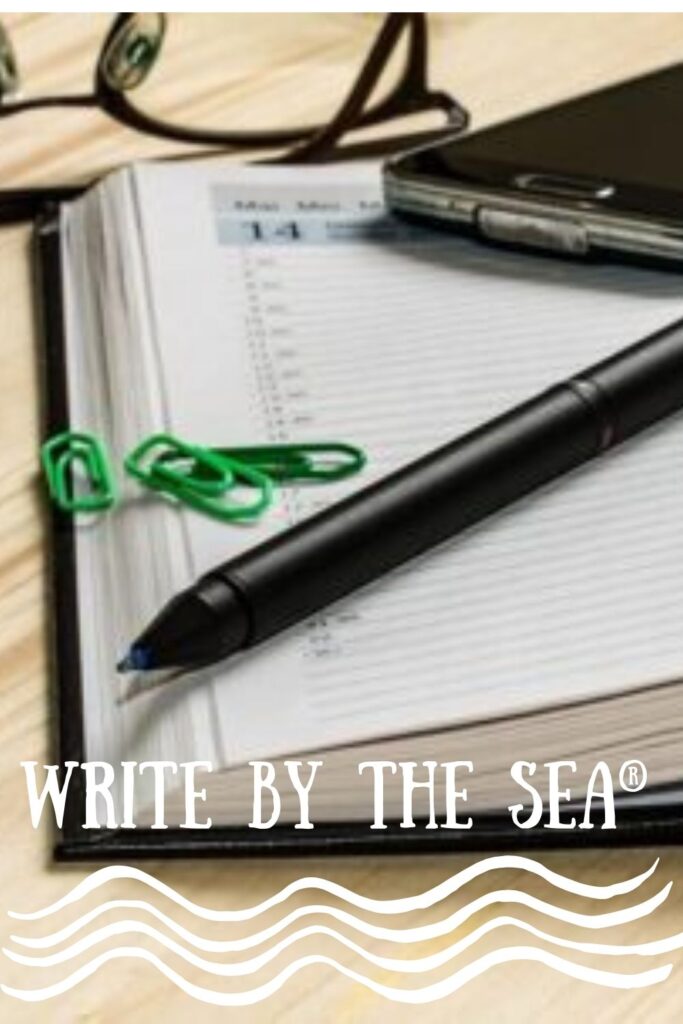I’ve been thinking more about my experiences as both a frustrated freelance writer, and years later, as a magazine editor, bouncing back and forth between the two worlds.
Often as a writer, it’s good to take photos of whatever it is you’re writing about.
Shoot plenty.
Close-ups, panoramics, horizontals, verticals, people, bird’s eye view, worm’s eye view, silhouettes, and so on.
And as you shoot the photos, take notes of what each photo is, whether it’s a person (full name and title), a place, etc. (If you shoot a photo of a person, first ask their permission, then ask for their email or address so you can send it to them. This contact info may be important, as I’ll explain shortly.)
Later, when you’re at your computer, the photos can jog your memory and allow you to write more descriptively, no matter what it is you’re writing about.
But once your article is finished, go back through those photos and see if any might be suitable to illustrate it.
Providing photos with your article, makes life much easier for the magazine editor, but only if they’re good photos — properly exposed, and composed.
Nothing dark or blurred.
If you want to include photos of people and they are clearly recognizable, you need to get their permission, (remember getting their name and email? Now you need to reach out to them and ask if it’s okay to use their photo in a magazine article. And if they say no, respect that. Don’t be surprised if they ask for a small payment. That’s up to you, but as a minimum, they should get a copy of the publication. If you don’t even offer that, they’ll likely say no.)
If the editor asks if you’ve gotten permission to use someone’s photo, they may want to see a photo release.
Get it signed and dated before you send any photo of them to the publication.
Remember those notes you took of the photos?
Those are important for the captions.
Some view captions as a bare bones description of the photo.
Like these:
“Blenhem Castle, England,”
“Raspberry cheesecake,”
“Capuchin Monkey.”
But readers, when perusing a magazine (or newspaper) will often look at 2 things first — the headlines and the photos.
And if the photos are interesting, they’ll read the captions.
As such, captions can be important in 2 different ways — either to provide information NOT included in the text of the article, or to duplicate important information.
As a minimum, provide the who, what, when and where in the caption.
And if there’s something especially unique about it, add another paragraph.
The editor may use it depending on space, but you’ve given them material to work with.
Oh yeah—and be sure to include photo credit.
If you get the photo online (meaning one you didn’t shoot), that doesn’t mean the photo is free to use.
Many are posted by stock photo agencies, and if their photo is used, they expect payment.
Point is, if you didn’t shoot the photos, don’t provide any because the magazine staff has contacts at the photo agencies and can often get a cheaper rate than you might.
The reason providing photos can be great for the editors is because you’re actually saving them time and money.
It takes time to find photos to illustrate all of the features planned for upcoming issues.
This is done primarily 2 ways — either hire a photographer to shoot the photos, or reach out to stock photo agencies for photos related to the topic.
But, if the writer provides their own photos, and if they’re great photos, the editors will say a silent “thank you” and make a mental note that they’ve just found a freelancer who can deliver a complete package, and they’ll add your name to their contact list for future writing assignments.
But when pitching a proposal for an article, you can certainly mention that you’ll provide photos, but don’t expect the editor to plus up the payment for the article without seeing the photos first.
They’ve been burned too many times by writers who submitted mediocre photos, that were totally worthless.
As part of the agreement, you can ask for additional payment if any of your photos are used, but don’t make it a “take it all or nothing” ultimatum, because they may already be planning something different to illustrate your piece.
And editors don’t respond well to ultimatums from writers they don’t know.
It’s a red flag of future issues to come.
They’ve got plenty of other writers they can work with.
You want to be one of those other writers.
About Gary Bloomfield
 Gary Bloomfield is a former Army Journalist of the Year, and managing editor for VFW magazine. He was the senior editor for the two-volume illustrated series on WWII titled Faces of Victory, Europe and Pacific.
Gary Bloomfield is a former Army Journalist of the Year, and managing editor for VFW magazine. He was the senior editor for the two-volume illustrated series on WWII titled Faces of Victory, Europe and Pacific.
Bloomfield wrote Duty, Honor, Victory. America’s Athletes in WWII followed by Duty, Honor, Applause. America’s Entertainers in WWII which he co-wrote.
His other books include Maxims of General Patton, the citizenship study guide I Will be an American Someday Soon, illustrated bios on George Patton and Mark Twain (the latter co-written). He recently completed The Devil’s Playground, about the Korean DMZ, published in July of 2019, and The One I’ll Always Remember, a compilation of stories from military doctors and nurses, published in the Spring of 2020, both from Lyons Press. And in September of 2020 He co-wrote a bio on George Custer.
He is currently finishing a book titled Alive Day Vietnam, which is a compilation of stories from Vietnam vets recalling a very bad day in combat. He is also updating his book on WWII entertainers, rewriting a novel about the Iraq War and researching a novel about the Afghanistan War.
Write for Magazines Here
Write for Magazines at pinterest.





